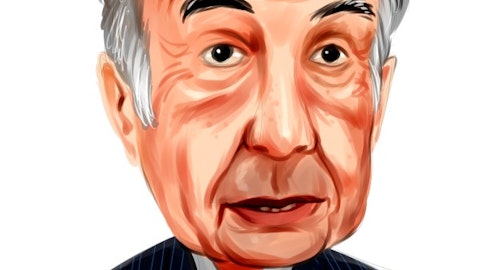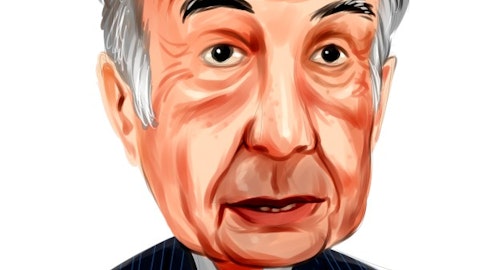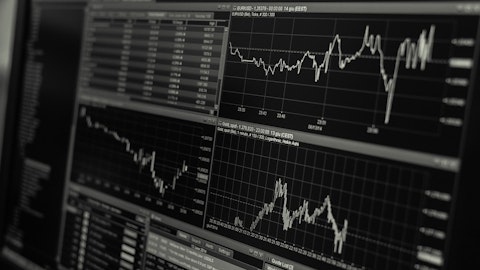Ryan Levine: I got just clarify a couple of things on offshore wind. To the extent, I think you highlighted it less than 7% from a top line standpoint. Is there any color you could share around the margin profile of those projects relative to the rest of the Centuri business. And to the extent that Sunrise or something else were to be canceled, is there a certain cost that would be borne by the company on a go-forward basis?
Chad Van Sweden: Yes. Sure. Ryan, this is Chad Van Sweden. Our offshore wind revenue, the margins are roughly in line with the margins we see on our electric segment. So there’s nothing particularly extraordinary about those margins. There isn’t a lot of overhead that goes along with that offshore wind work, and it’s generally we’re building units or components. So whether we do 10 or 100, it doesn’t significantly change the margins that much. There are some wind down costs if we mobilize a project and then have to demobilize on a project, but we do have the ability to seek recovery of those costs from our customer. Our overhead is relatively modest in the sense that all this work is performed by union labor. So if a project does not continue forward, we send the labor back to the hall.
We do not own or rent any facilities. Those are provided to us by the customer, and we generally don’t have much equipment cost for this type of work. So relatively modest overhead costs, whatever cost we do incur to demo, we are able to recover those from our customers. .
Ryan Levine: Okay and then a financing question in terms of the PGA proceeds expected to come to the holding company in the next — or the company within the next few months. What’s the use of that cash?
Robert Stefani: Yes. So that — the cash is obviously will be redeployed back into the utility in large part. I think that return of the cash and — and obviously, a lot depends on where commodity costs end up in the fourth quarter. But we continue to anticipate that as the PGA unwinds, that will help limit our financing costs at the utility, which is reflected in the fact that we’re putting out there that we have very limited equity needs through 2025 to the return of that PGA and then we have very limited debt financing through 2026.
Ryan Levine: And then last question for me. In terms of the potential separation time-line, in your slide deck, you have a check mark or a box to be checked around Q1, ’24. Are you reaffirming that date? Or is that much more uncertain given potential path that the company could go down?
Robert Stefani: Yes, Ryan, the way I think we can answer that is, obviously, the former transaction will, to a certain extent, dictate timing. So to the extent that the timing of an IPO occurs, then we would be subject to lockup periods, which are typically 4 to 6 months. So any transaction following an IPO would be subject to potential restrictions under lockups. To the extent that we proceed with a different form of transaction, which we continue to evaluate alternatives like a tax-free spin, then we remain on track for the first quarter.
Operator: Thank you. The next question is from Tanner James with Bank of America.
Tanner James: Just coming back to kind of higher level comments on the balance sheet here. You — you said ’25 just with the ATM. What does that position you on an FFO to debt basis through your period through the forecast period here. If we could be a little bit more granular and specific. And then if you can update us in tandem on your financing plan as it pertains to the spinout and just how you think about that impacting the consolidated FFO to debt metrics on a pro forma basis?



